Volkswagen Passat B7 2010 [Sedan, Variant](Topic Ufficiale)
-
Contenuti simili
-
[CHN] Volkswagen ID. AURA, ID. ERA & ID. EVO Concept 2025 1 2 3
Pubblicato da MotorPassion,
- volkswagen id aura
- volkswagen id era
- (e 10 altri in più)
- 20 risposte
- 1307 visite
-
- 0 risposte
- 569 visite
-
75 anni di Volkswagen Transporter
Pubblicato da MotorPassion,
- volkswagen
- transporter
- (e 4 altri in più)
- 1 risposta
- 1024 visite
-
-
-

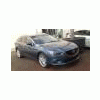




.thumb.jpg.902d2a4f20a129e92b6f6920407b81bd.jpg)
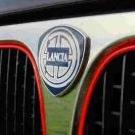
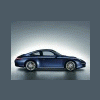
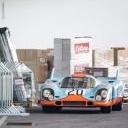

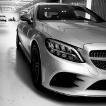



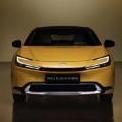
Messaggi Raccomandati:
Crea un account o accedi per lasciare un commento
Devi essere iscritto per commentare e visualizzare le sezioni protette!
Crea un account
Iscriviti nella nostra community. È facile!
Registra un nuovo accountAccedi
Sei già registrato? Accedi qui.
Accedi Ora